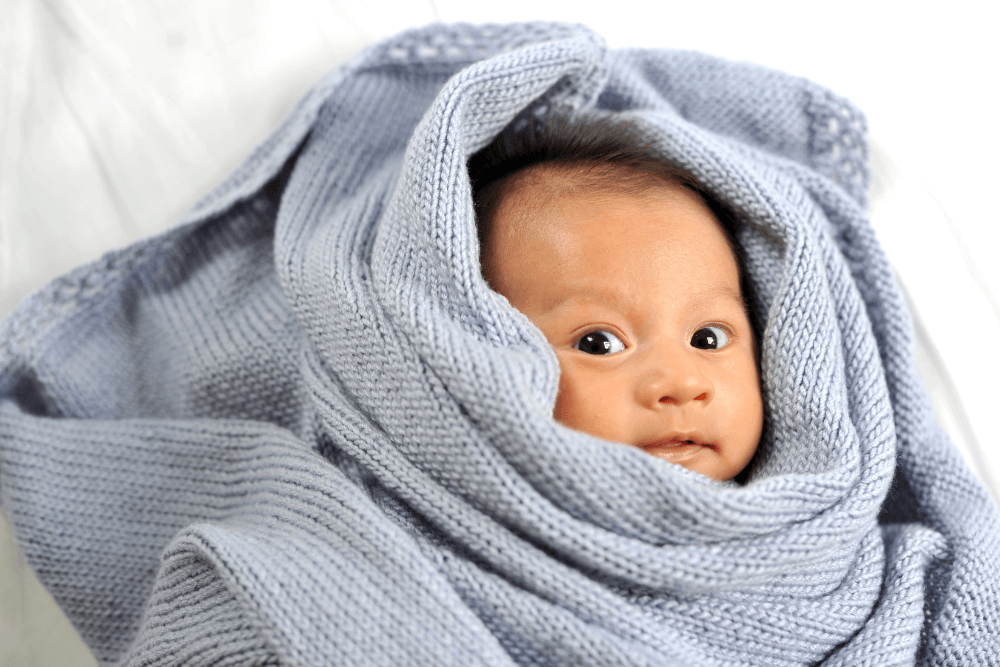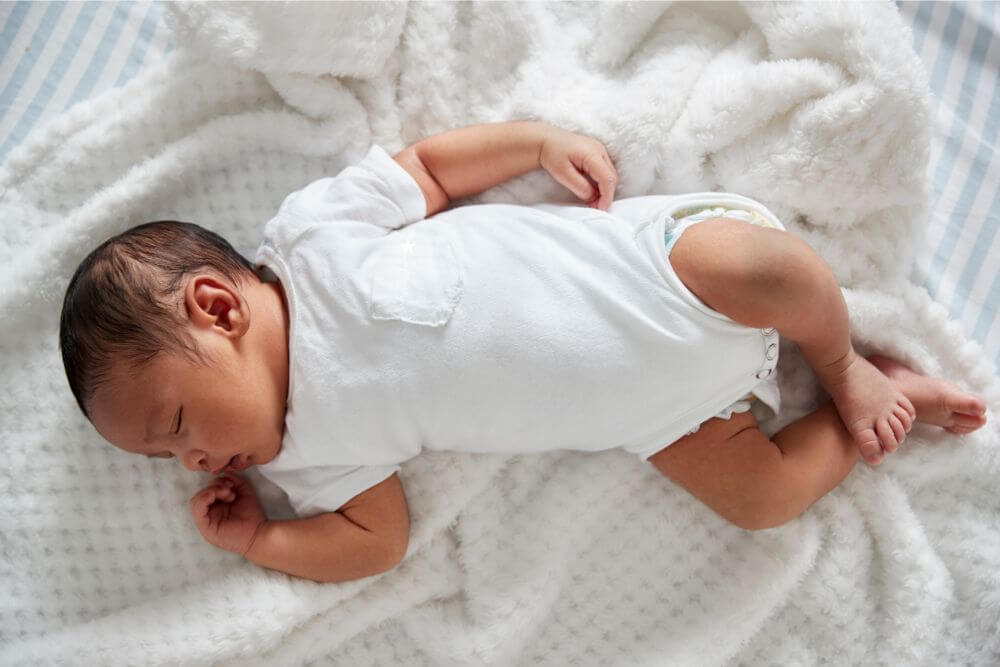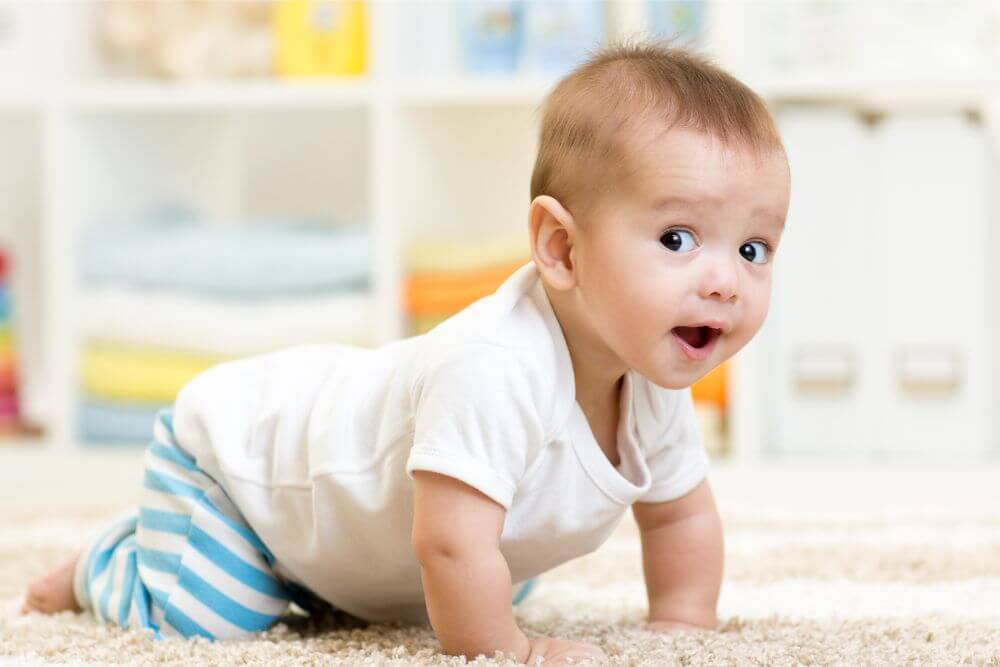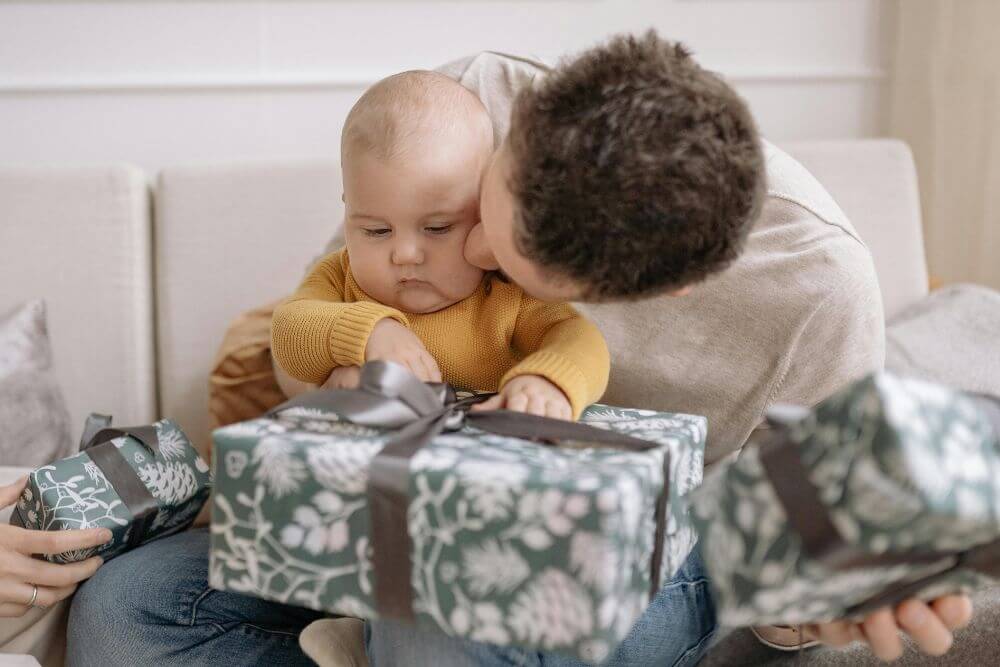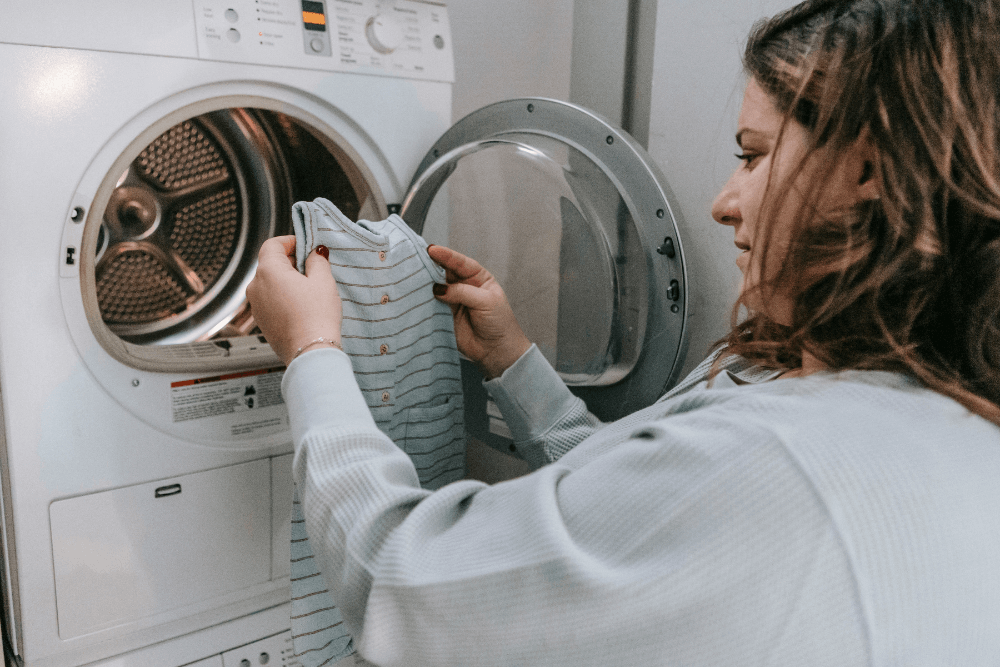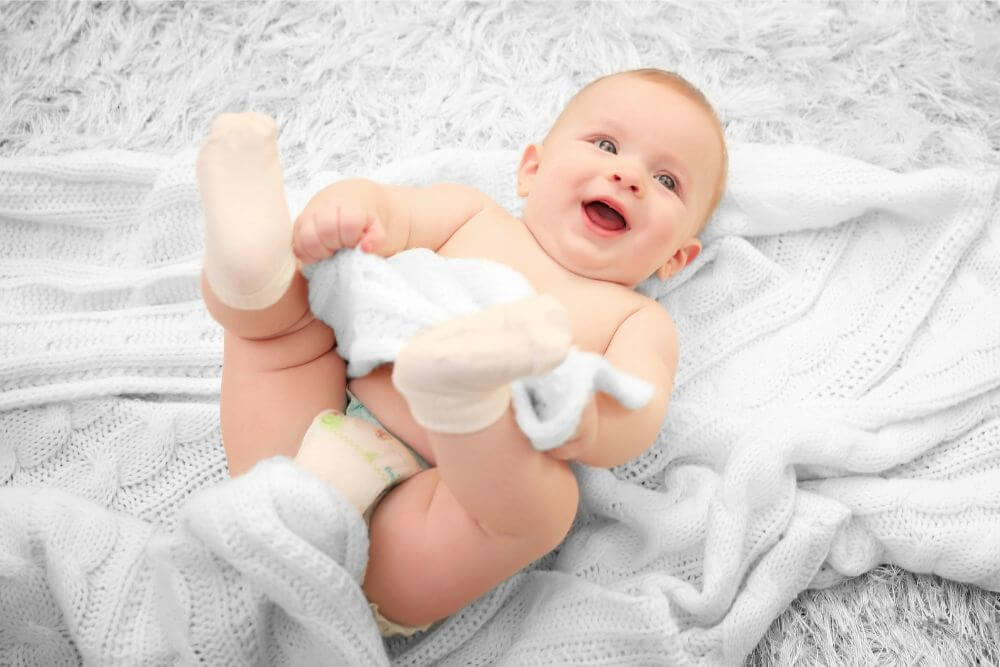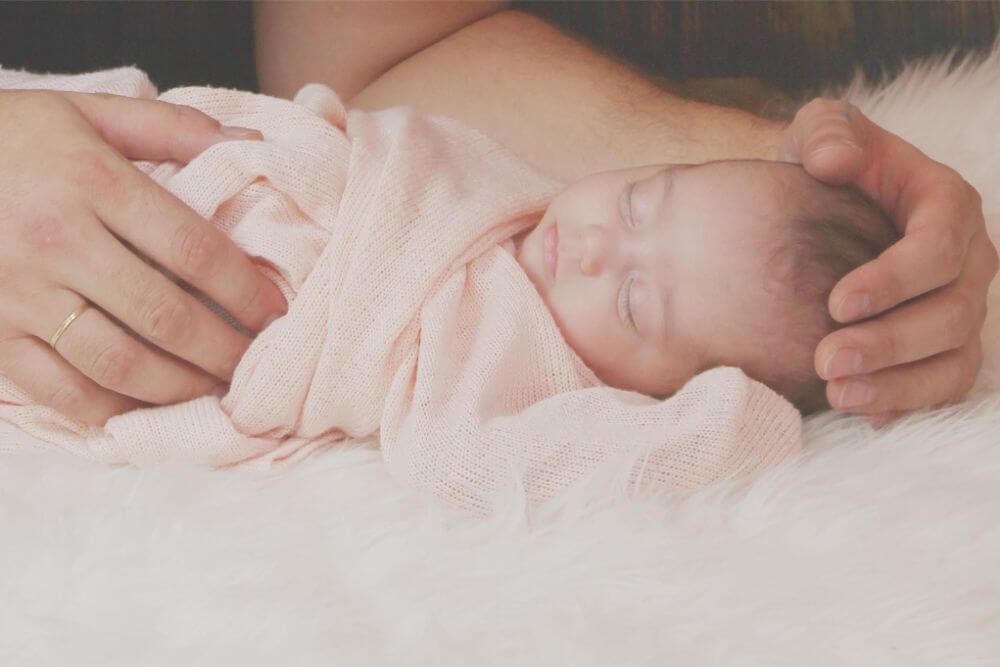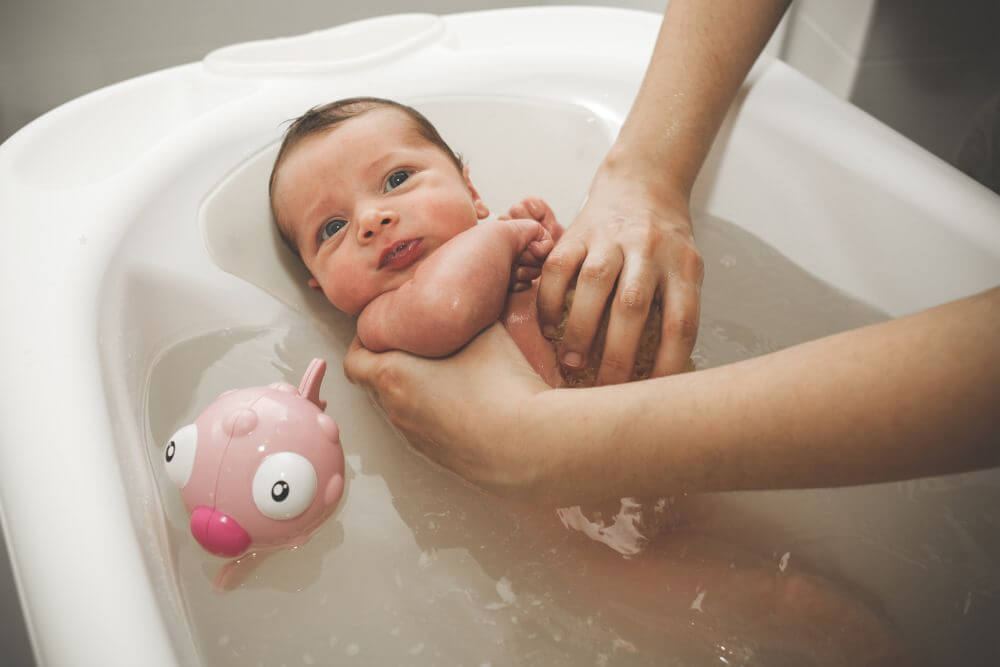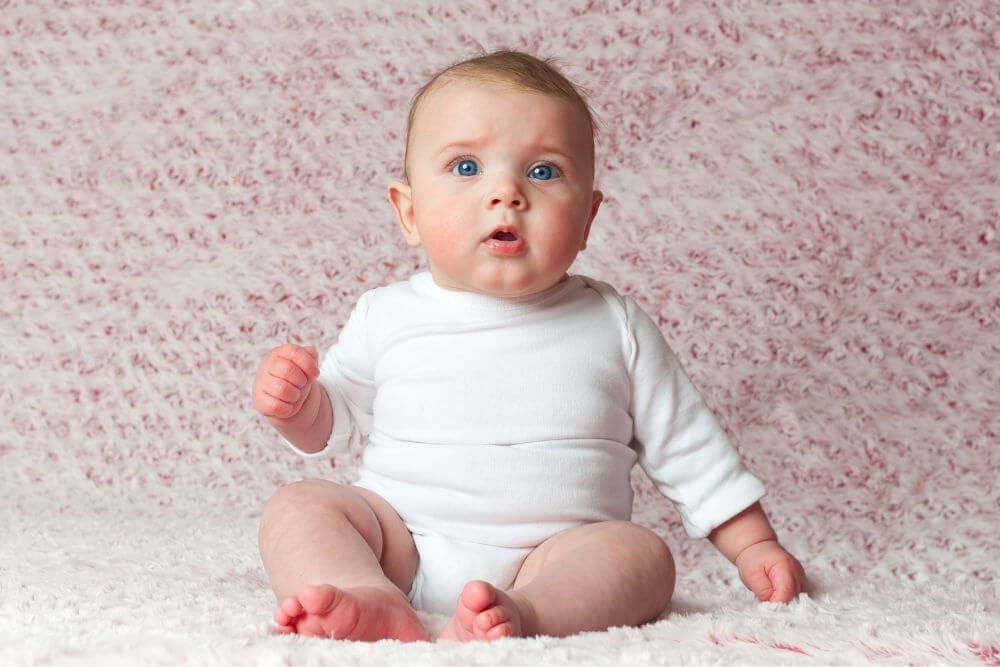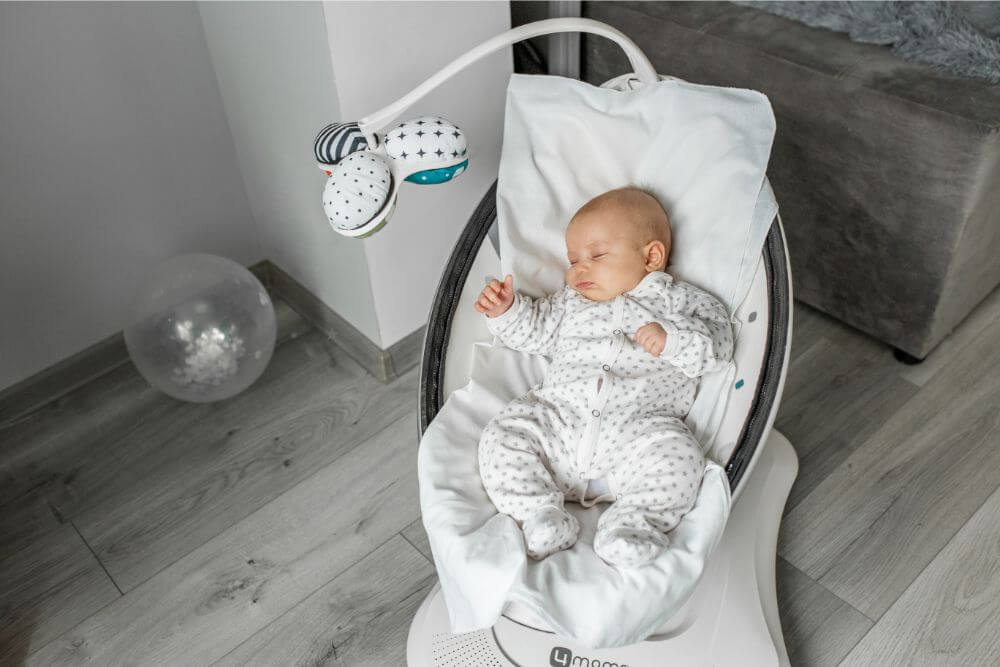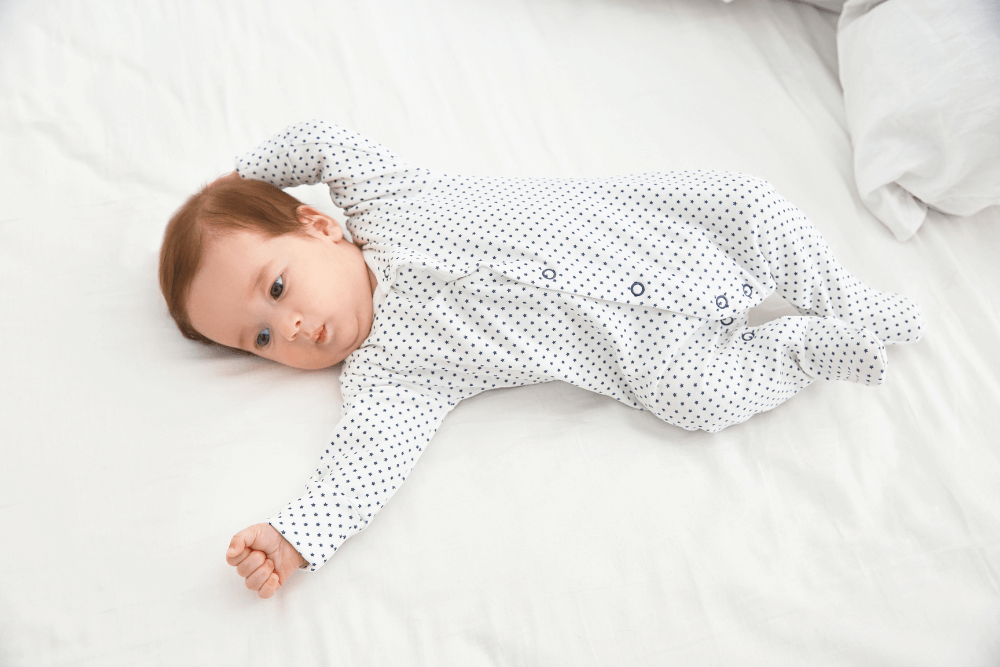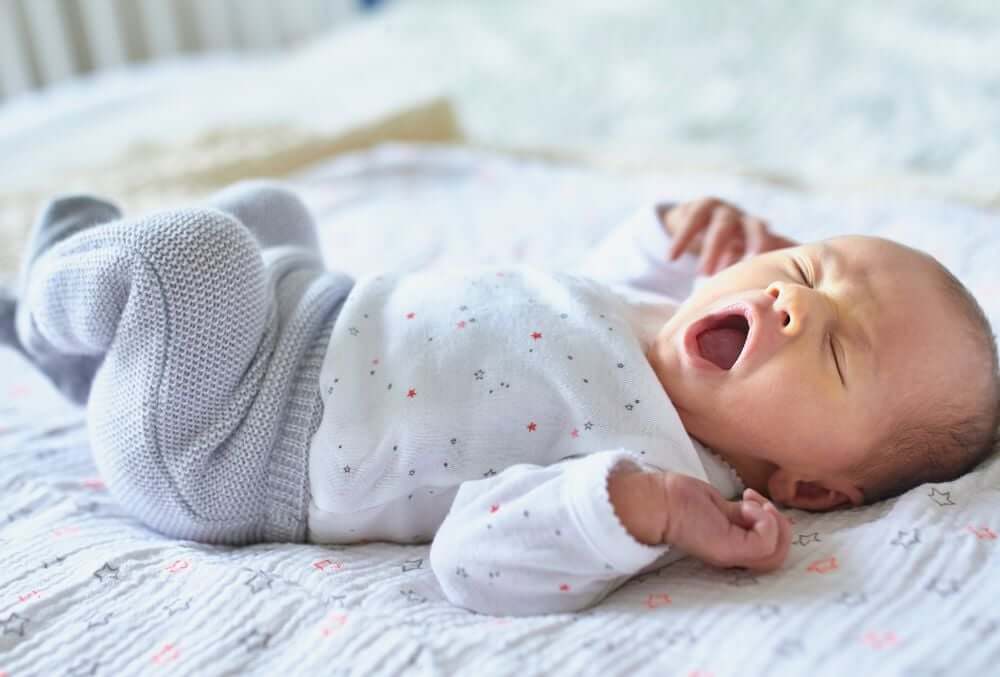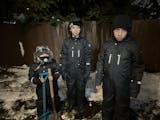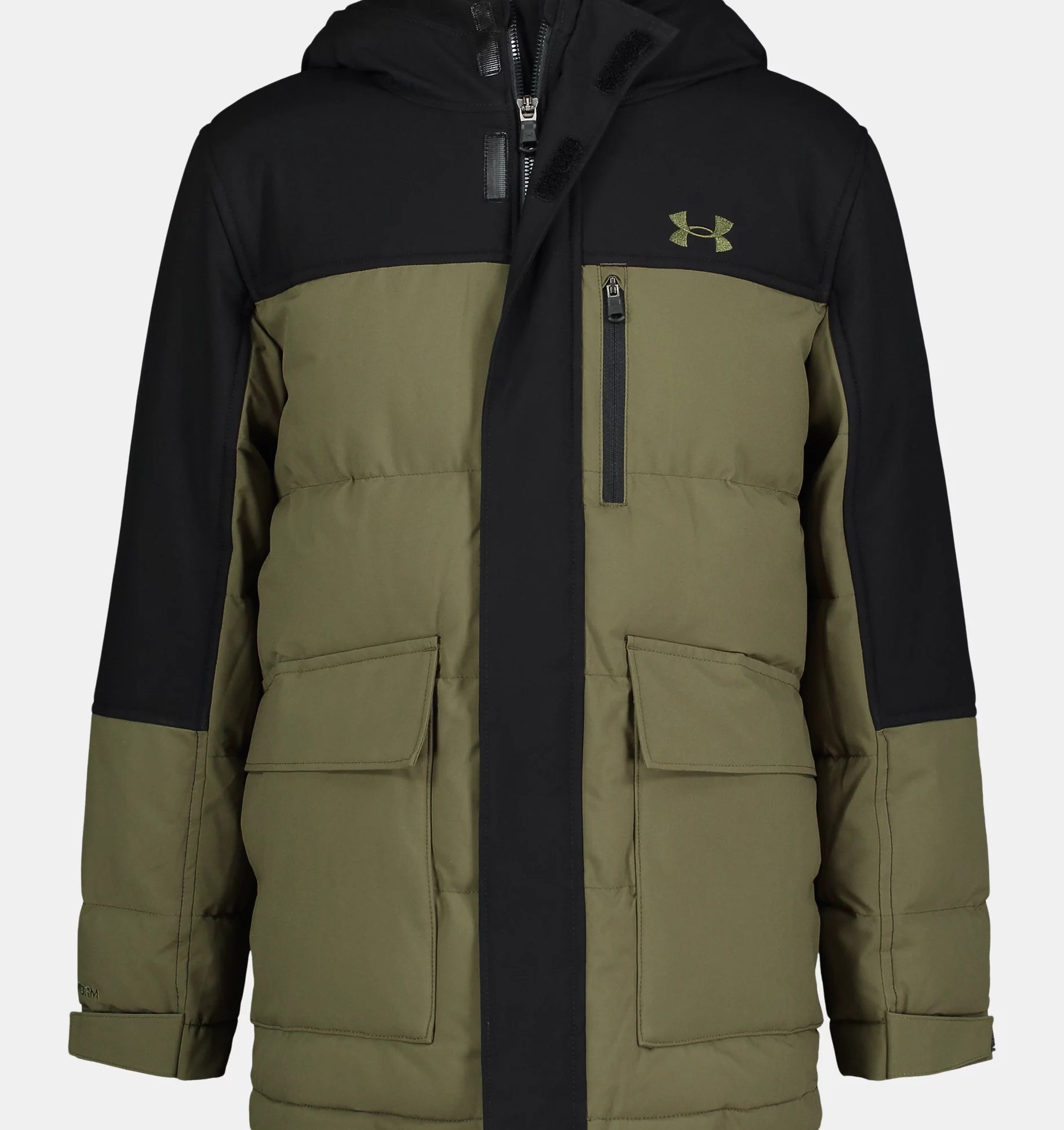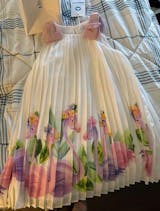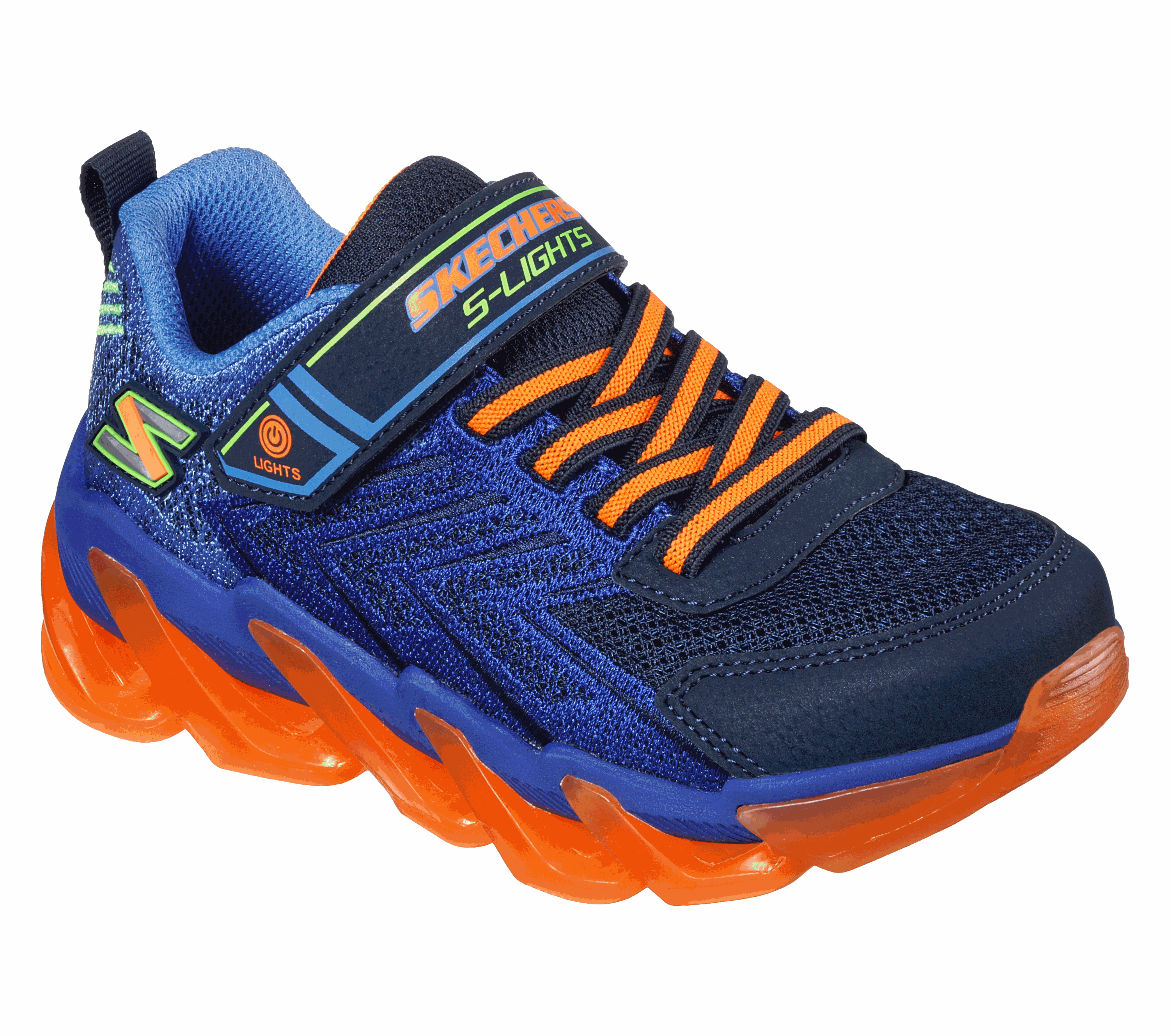Are you perplexed about the perfect size of your baby’s blanket? Do not worry; many people have also found themselves confused over this cozy dilemma! How big or small should a new parent make his child’s blanket?
How Big Should a Baby Blanket be? This is a question that would typically be asked since it is quite common. The baby being comfortable and safe depends significantly on whether the blanket seemed to be of the appropriate size. Well, let us untangle this soft mystery together, shall we?
Finding the Right Size
When it comes to baby blankets, you want something that's not too big, not too small, but just right. Depending on the purpose of use and age, an ideal size can differ. For newborns and infants up to 12 months, a good starting point is often a blanket measuring about 30 inches by 30 inches (76 cm x 76 cm). Blankets of this standard can be used for swaddling, as well as tummy time or even light coverings.
You may need to go bigger as your baby grows. About 40’’ by 60’’ (102 cm x 152 cm) makes good dimensions for toddler blankets. It allows your child enough room for growth and snuggling up comfortably in bed. However, those are only rules of thumb; each child has their own preferences and sizes.
Dr Emily Chen has been practicing pediatrics for over ten years now, and she shared: "Choose a blanket that will be adequate but at the same time ensure that it does not pose any risks’. Safety tops fashion or ritual.’
Size Matters
When it comes to baby blankets, size isn’t just about comfort—it's a crucial safety consideration. According to the American Academy of Pediatrics (AAP), soft objects such as blankets should be kept away from cribs until babies’ first birthdays to reduce the risk of Sudden Infant Death Syndrome (SIDS).
For safer sleep, try using sleep sacks or wearable blankets instead of loose ones. They are available in varying sizes for your rapidly expanding baby and eliminate the probability of their face getting covered during sleep. If you choose to use blankets with older babies or toddlers, make sure that they are not big enough to cause tangling or suffocation. As a rough guide, when the blanket is placed at the foot of his crib/bed and tucked underneath him, it should not come up beyond his chest.
Different Blankets for Different Uses
Not all baby blankets serve the same purpose, and their ideal size can vary accordingly. Swaddle blankets typically measure about 40 inches square (102 cm x 102 cm), providing enough fabric for a secure swaddle. Receiving blankets are often smaller, approximately 30 inches square (76 cm x 76 cm), perfect for quick wraps or even burp cloths.
Security blankets, which are loved by children, have small sizes, usually measuring around twelve inches square (30 cm x 30 cm), so that a toddler can carry them effortlessly while playing with them. However play mat blankets will tend to be larger as they may range from five feet square (152cm x152cm). For tummy time and play there is ample room provided herein.
Dr. Chen observes,
"However, these sizes are generally right for children; hence, it is always important to watch your child closely whenever he or she is being wrapped in a blanket despite the size or use of the blanket.”
Material Matters
The size of your baby's wrap is not only about it. The fabric used on it plays a vital role as well. Different materials have different characteristics that may influence the general dimensions and functions of a wrap. Cotton and cotton blends, for instance, are light and easy to take care of, but they might shrink slightly after washing; hence, you should go up one size.
FLEECE, but not shrinking or pilling with time, is warm and cozy. However, it may feel too hot to use during summer as it is great for the colder weather.
Muslin blankets are light and breathable, which makes them perfect for swaddling, and they usually get softer with each wash. On the other hand, wool costs more and needs more care, yet wool is a natural temperature-regulation material that keeps you warm in winter but cool in summer.
But whatever the material, always pick out blankets with close fibers so that your baby’s fingers can never be caught in there.
When to Size Up
When babies grow up, their blanket requirement also develops. For swaddling and light coverage of newborn to 6-month-olds, small blankets like 30 inches square will do best. At 6-12 months old, when children become more active, you may need to choose bigger sizes, such as around 36 inches square. From 12 months onwards, many children prefer larger blankets for cuddling, typically about 40 by 60 inches or above.
DIY Baby Blankets
For those crafty parents out there making their own baby blankets, size matters most. You can start with a piece of fabric measuring at least thirty-six inches across if you want a basic receiving blanket that has hems done on all sides, resulting in the finished product of approximately thirty inches square. For a bigger play mat or toddler blanket, you could consider starting with something like forty-five by sixty inches of fabric.
Remember, though, that natural fibers like cotton tend to shrink after washing. It’s recommendable to pre-wash your fabric before cutting and sewing so as not to end up with a baby blanket size different from your intended one when finished.
Seasonal Considerations
The time of year should affect how big or small your baby's blanket should be. For summer, choose smaller blankets that are light in weight and allow air through but not too much that they overheat. On the other hand, for winter, you may want to include bigger and warmer blankets, although babies can easily overheat. Sometimes, it is safer to layer with appropriate sleepwear than using a heavy blanket on very cold nights. The medium-weight blankets of various sizes are well-suited for spring and fall, the seasons between.
Dr. Chen says,
"Irrespective of the season, always determine your baby's heat level by touching his chest or back rather than his hands or feet; if he feels too warm, just remove a layer or change to a lighter-weight blanket."
Managing Blanket Sizes
A variety of sizes of blankets can give you some storage headaches as you grow older. Instead of folding them up, consider rolling them, which will save space and prevent creasing. Vacuum storage bags are ideal for storing out-of-season or outgrown blankets since they save on space. Don’t be afraid to think outside the box! You can use old baby blankets as doll blankets, pet beds, or even wall hangings so that you don’t forget important memories.
Alternative Options
Blankets are a must-have item in any nursery, but they aren’t the only option for keeping your baby warm and safe. Sleep sacks are wearable blankets (available in different sizes & thicknesses) that accompany your child from infancy through toddler years.
Swaddle pods provide relief for new parents who struggle with complex folded materials; they come in newborn to about three months sizes and are mostly available because there is no need for complicated folding when using them like wraps do, hence making this process more convenient and time-saving to users at these tender ages during changing diapers. Footed pajamas can also be used during cooler nights instead of loose bedding in order to keep the baby warm.
As you choose alternatives, always take your baby's age, size, and room temperature into consideration to ensure that they are snug without overheating.
Looking After Baby Blankets
Taking good care of a baby’s blankets will enable them to remain the expected sizes and shapes. Always heed to instructions given on the care label; use mild detergents for babies in order to avoid irritation. Where possible, dry natural fiber blankets under the shade so as not to make them shrink. It is also important to remember that as soon as blankets become worn out or misshaped, replace them.
Choosing Special Blankets
Besides size and safety, you must also consider the emotional significance of blankets. Many children develop strong attachments to some special kinds of blankets that can offer them comfort and safety as they grow up. When looking for a “special” blanket, do not forget to take into account issues related to durability and ease of care alongside other things like the size. It is highly probable that a cleanable blanket withstands recurrent washings so as to last for years of cuddling and play.
Wrapping It Up
When it comes to selecting the size of a baby blanket, what is important? Well, you just need to keep in mind that, for newborns or infants, blankets can start from about 30 inches square.
For babies graduating through their first year, increase your sizes gradually, moving up towards about 40 by 60 inches, which are suitable for toddlers. In sleep environments, especially, always prioritize safety over size.
To determine the right sizes, think about the intended use, fabric plus season, as well as climate factors that determine these choices. And don't be hesitant to have different-sized blankets available for various purposes.
After all is said and done, all your baby needs is safety, warmth, and affection from you. Whether you’re wrapping an infant tightly or covering a child warmly enough – the perfect sized blanket will bring forth warm moments which are unforgettable.
Jenni Kidz offers a range of safe, comfortable, and adorably sized options for every stage of your little one's growth; explore our collection now!

